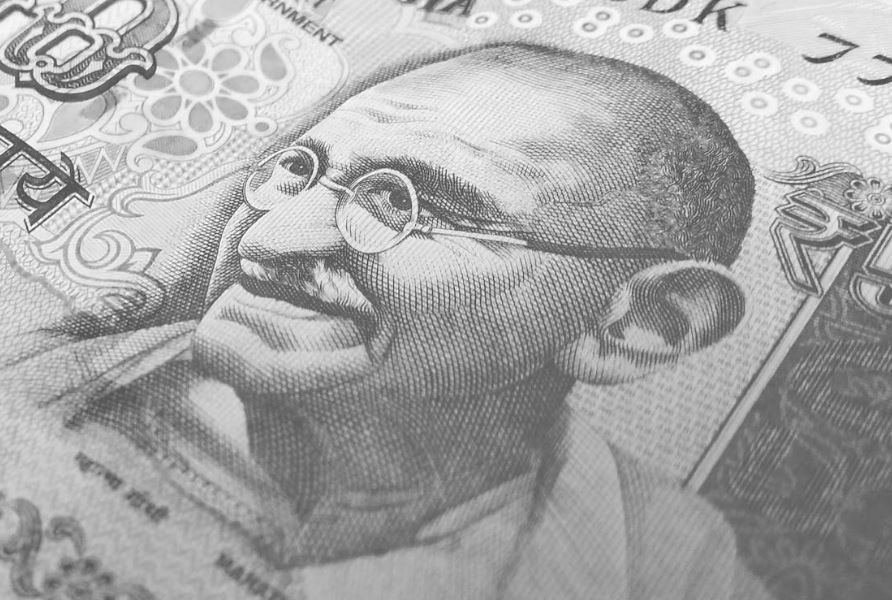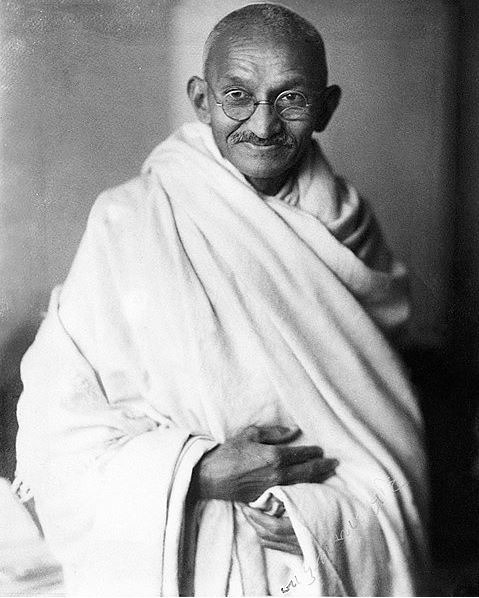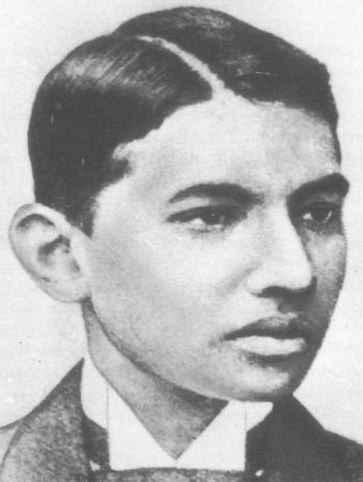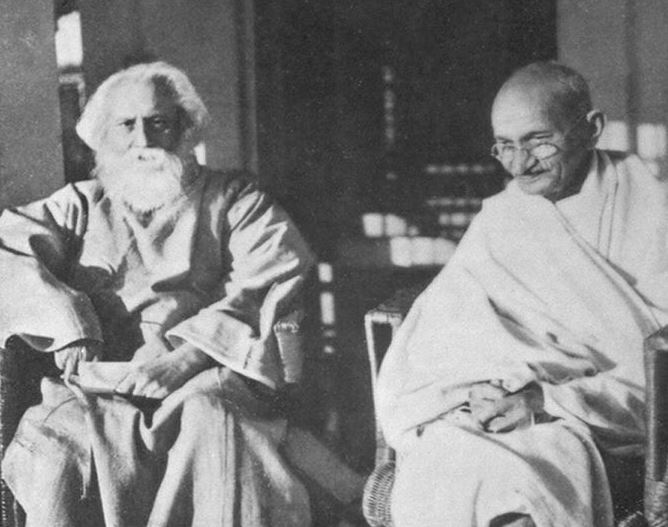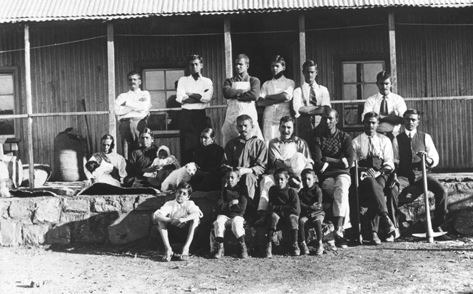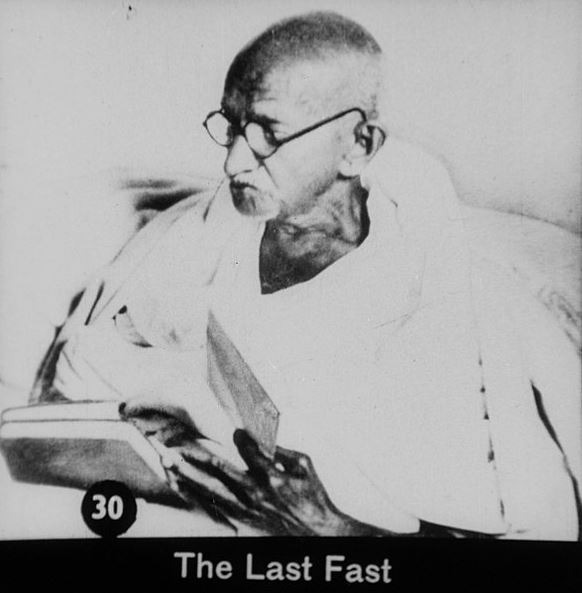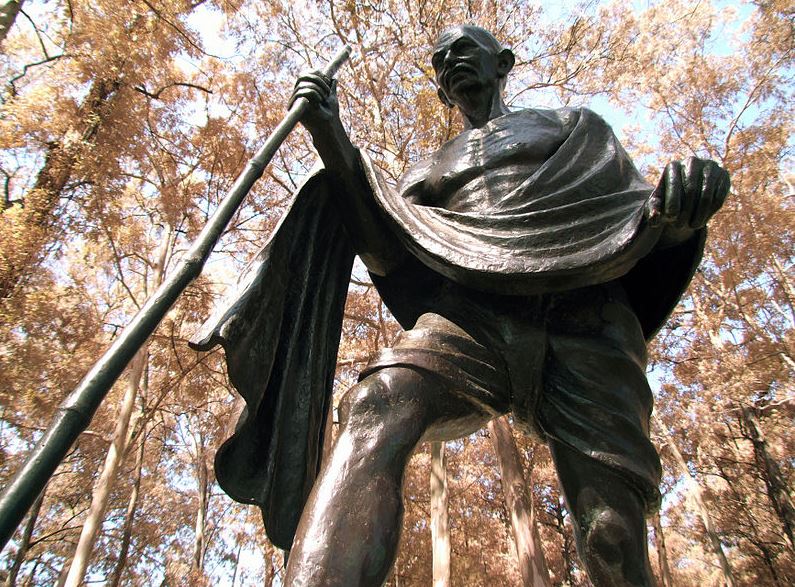Inspiring leader Mohandas Karamchand Gandhi, commonly known as Mahatma Gandhi, was a key figure in India’s fight for freedom from British control. He had steadfast resolve, a great deal of courage, and a strong belief in nonviolence and civil disobedience.
Gandhi led by example and always upheld his convictions, which made for a distinctive and inspirational leadership style. His non-violent resistance doctrine, known as Satyagraha, emphasized the superiority of love and truth above violence and hatred. With the use of this strategy, he was able to enlist the support of millions of people in the Indian independence struggle, which ultimately resulted in the country’s independence in 1947.
Gandhi’s message of nonviolence, peace, and social justice is still relevant today, motivating a new generation of leaders and activists to struggle for a more peaceful and just world. In this article, we will examine some of the major factors that made Gandhi such an inspirational figure and how his legacy still has an impact on the globe today.
Biography
Early life and background
Indian nationalist leader Mohandas Karamchand Gandhi was born in a Hindu household in the coastal town of Porbandar during the British Raj in 1869. Gandhi’s father proved to be a capable chief minister of Porbandar despite having just completed his basic education and working as a clerk in the state bureaucracy. Gandhi had a restless upbringing, and one of his favorite activities was toying with the ears of dogs. His mother was a Pranami Vaishnava Hindu, and his father was a Hindu, making for an interfaith household. Gandhi’s mother was a very devout woman who had a big impact on him. Gandhi enrolled in a neighborhood school in Rajkot at the age of 9 and began learning the fundamentals of a variety of disciplines. At the age of 13, he entered into an arranged marriage with Kasturbai Makhanji Kapadia. When Gandhi was 16 years old, his father passed away in late 1885.
Student of law
Gandhi decided to study law in London in 1888 with the encouragement of a family friend after leaving his college in Bombay and his wife and children. Gandhi traveled to London, attended University College, and enrolled at Inner Temple to become a barrister against warnings from his community leaders and being shunned by his caste. He overcomes his nervousness by becoming a member of a public speaking club and showing concern for the poor dockland neighborhoods of London. He and his Indian companion paid Cardinal Manning a visit in 1889 to express their gratitude for mediating a victorious dockworkers’ strike.
Called to the bar
In June 1891, Gandhi, then 22 years old, was admitted to the bar in London. Upon his return to India, he learned that his mother had passed away and that his efforts to open a legal office in Bombay had been unsuccessful. He went back to Rajkot and started producing petitions for litigants for a living, but he was forced to quit after an altercation with a British officer. He agreed to work as a lawyer for a Muslim merchant’s relative in Johannesburg, South Africa, in 1893 for a salary of £105 plus travel costs.
Principles, practices, and beliefs
Gandhi’s comments, correspondence, and life have sparked a great deal of political and academic research of his ideas, actions, and ideals, as well as his influences. While some authors portray him as a shining example of morality and nonviolence, others depict him as a more complicated, contradictory, and developing man who was shaped by his environment and society.
Influences
While Tolstoy, Ruskin, Thoreau, Christianity, Islam, and Buddhism were among the various religions and intellectuals that had an impact on Gandhi, his primary religious inspirations were Hindu and Jain. He made an early commitment to being sincere, temperate, virginal, and vegetarian. Gandhi developed the core ideas of his mature philosophy while living in South Africa in 1893. He was influenced by a number of texts, including Salter’s Ethical Religion, The Kingdom of God Is Within You, and On the Duty of Civil Disobedience by Thoreau. Gandhi’s ideas complemented the Advaita or monistic philosophy, which is a component of the traditional Indian traditions. Gandhi was also impacted by Gujarati culture, Vaishnavism, and Jainism.
Leo Tolstoy
Along with the previously stated work, Leo Tolstoy also penned A Letter to a Hindu in 1908, which asserted that the only way the Indian people could end colonial authority was by utilizing love as a weapon via passive resistance. Gandhi wrote to Tolstoy in 1909 asking for guidance and approval to reprint A Letter to a Hindu in Gujarati. In response, Tolstoy wrote back, and the two kept in touch until Tolstoy’s death in 1910 (his final letter was to Gandhi). The letters talk about theological and practical uses of nonviolence. Gandhi considered Tolstoy to be a mentor since they both opposed the government and colonialism, abhorred violence, and advocated non-resistance. On political strategy, they split significantly, though. Gandhi advocated becoming involved in politics; he was a patriot and was willing to employ power without resorting to violence. He was also open to giving in. Gandhi and Hermann Kallenbach carefully instructed their followers in the nonviolent ideology at Tolstoy Farm.
Shrimad Rajchandra
Gandhi praised the poet and Jain philosopher Shrimad Rajchandra as his wise advisor. Gandhi wrote about their first meeting in 1891 at Dr. P.J. Mehta’s home in Bombay in Modern Review, June 1930. He met Shrimad through Dr. Pranjivan Mehta. When Gandhi was in South Africa, he wrote letters to Rajchandra, addressing him as Kavi (which is Sanskrit for “poet”). Gandhi stated in a 1930 letter, “Such was the man who captivated my heart in religious matters as no other man ever has till now. “I have said elsewhere that Tolstoy and Ruskin vied with Kavi in moulding my inner life. But Kavi’s influence was undoubtedly deeper if only because I had come in closest personal touch with him.
Religious texts
Gandhi read translated versions of the Bible and the Quran when he was in South Africa, in addition to the scriptures and intellectual writings of Hinduism and other Indian religions. In South Africa, a Quaker mission made an effort to convert him to Christianity. Gandhi joined them in their prayers and engaged them in a theological discussion, but he declined their requests for conversion since he did not agree with their theology or that Christ was the only son of God.
He respected all religions and became worried about their flaws and frequent misinterpretations as a result of his comparative study of religions and interactions with intellectuals. Gandhi developed a love for Hinduism and described the Bhagavad Gita as his spiritual bible and the single most influential book in his life. Gandhi later provided a Gujarati translation of the Gita in 1930.
Sufism
During his time in South Africa, Gandhi got to know the Chishti Order of Sufism. He went to Riverside for Khanqah meetings. Gandhi, a Vaishnava Hindu, shared with Sufism principles of humility, dedication, and brotherhood for the underprivileged, according to Margaret Chatterjee. Gandhi was also compared by Winston Churchill as a Sufi fakir.
Gandhi’s Leadership Style
Gandhi was one of the most important people in modern history thanks to his distinctive and inspirational leadership style. The following are some essential traits of Gandhi’s leadership style:
- Gandhi was a strong proponent of using nonviolent resistance to bring about social and political change. He held that nonviolence was the only path to enduring peace and justice and that violence simply breeds greater violence.
- Gandhi was renowned for his severe dedication to self-discipline and lived what he taught. He held that one must set an example for others to follow in order to exercise genuine leadership.
- Gandhi was a modest leader who viewed himself as the people’s servant. He led a humble life and frequently simply wore a loincloth as a sign of his dedication to such a way of life.
- Gandhi was renowned for his capacity to sympathize with people from all backgrounds and ideologies. He was devoted to advancing social equality and justice and held a strong belief in the intrinsic dignity of every human being.
- Gandhi was able to convey his clear sense of what he intended to accomplish to others. He was an expert at motivating others to work together toward a shared objective.
- When it came to making tough choices, Gandhi had no fear. He was able to strike a balance between his idealistic vision and the material realities of the world, and he was not hesitant to take chances to accomplish his objectives.
- Gandhi was a leader who was tenacious and never gave up, despite the immense difficulty. In doing so, he encouraged others to follow in his footsteps by overcoming obstacles and moving on with his goals.
Gandhi’s leadership approach was generally founded on the values of nonviolence, self-control, humility, empathy, vision, decisiveness, and tenacity. He was able to inspire millions of people and bring about long-lasting change because of these qualities.
Criticisms of Gandhi’s Leadership
Gandhi is praised for being an inspirational leader, yet his management style has also come under fire. Among the key objections are:
- Exclusion of women. Even though Gandhi personally fought for women’s rights, he is frequently blamed for keeping women out of key governmental positions. He had the opinion that women should refrain from engaging in public issues and instead concentrate on their traditional responsibilities as mothers and wives.
- Naivety. In light of the harsh reality of colonialism and other types of tyranny, some critics contend that Gandhi’s idealistic dedication to nonviolence was foolish and impractical.
- Religious bias. Although Gandhi is frequently hailed for his efforts to promote Hindu-Muslim harmony, others have accused him of having a Hindu bias and failing to completely comprehend or respect the viewpoints of other religious groups.
- Authoritarian tendencies. Gandhi has drawn criticism for his authoritarian tendencies, which include his willingness to fast until death to achieve his goals and his propensity to put his own beliefs before the needs and wants of others. While Gandhi is renowned for his dedication to democratic principles, some have criticized him for these traits as well.
- Ineffectiveness. Finally, Gandhi’s leadership has been critiqued as being ineffectual, with some contending that his nonviolent strategies did not always have the desired effects and that his dependence on moral authority and personal magnetism made his cause susceptible to disintegration and internal opposition.

